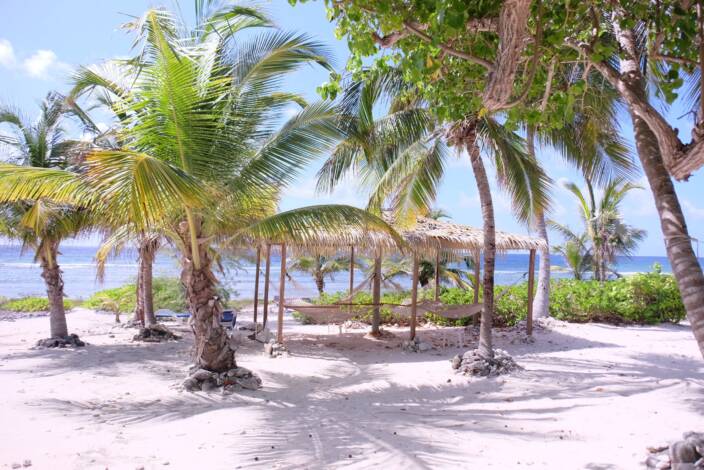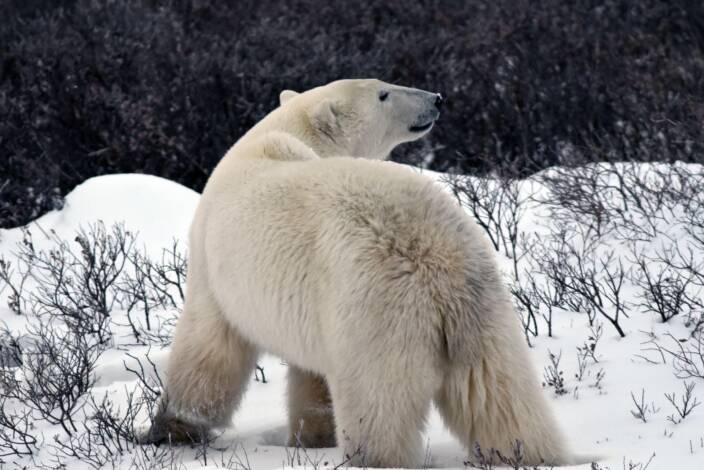
Where Does Santa Claus Really Live? The Court of Canadian Travel News Announces a Decision
December 23, 2020 Jim Byers
The government of Canada insists he’s got a Canadian passport in his red suit.
A resident of Helsinki will tell you he’s clearly Finnish.
The Danes say he lives in Greenland.
Not surprisingly for someone who’s so well loved around the world, there’s no shortage of places who claim that Santa Claus is one of theirs.
Canadian Travel News has its own opinions, but in the interest of science we’re going to give several countries a chance to explain why their claim Jolly Saint Nick as one of theirs. As the son of a retired judge, I feel I have just enough legal expertise to weigh the matter in true judicial fashion. I hereby announce that court is now in session.
CANADA
The North Pole technically doesn’t belong to any nation. The Russians (rascals that they are) stuck a hammer and sickle Russian flag in the ice a few years back, but the closest occupied territory to the true North Pole is Nunavut, which is definitely part of Canada. Canadian authorities every year make a point of saying they’ll allow Santa Claus to take off and land in Canadian air space as he heads out and back for his Christmas duties. It’s a reasonable position to take for a land of snow and ice. But does Santa REALLY live at the North Pole? Apparently, this idea (shade your eyes, kids) came about from an 1869 poem by a fellow named George P. Webster, about whom I could find very little. Perhaps an intriguing story that will have to wait for another Christmas. A solid presentation by the Canadian legal side.
FINLAND
The Finns have a pretty strong point to make about Santa living in the Lapland district of their country. It’s home to many reindeer, and it’s just as cold and frosty there as it is in northern Canada. Better still, folks from around the world head there year ‘round to meet with Santa and his magical animals. Canada has no such claim. As a Canadian, I’m hard-pressed to give the edge to the Finns. Also, the court notes that Santa wears red and white, the colours of the Canadian flag, and not the mostly blue and white you’ll find on Finland’s flag. A persuasive argument by the attorneys representing the Finland cause.
GREENLAND (DENMARK)
It’s certainly cold enough in Greenland for Santa, and it’s said that kids in Denmark believe Saint Nick makes his permanent home on this massive sheet of ice. A reasonable argument, but not backed by a great deal of world opinion or visitation to help make the case.
NORWAY
According to a website called thefactsite.com, Norwegians claim Santa lives in a village called Drobak, where hundreds of visitors go every year. Two of the main attractions in the town are Santa’s Post Office and The Christmas House. A stronger defence than the one mounted by Denmark/Greenland, and one the court will definitely take into account.
THE UNITED STATES
There is a town called North Pole in Alaska, which must count for something. There’s also a road in Carpinteria, California called Santa Claus Lane, but that could (gasp) just be part of a money grab. The U.S. is found to be in contempt of court, and their case is hereby dismissed.

TURKEY
Ah, now we’re getting somewhere. The real story of Santa Claus is based on a real person named Saint Nicholas, who lived in what is now the country of Turkey and was born around 280 A.D. He was famous around the world for his good deeds and kindness. It’s said he was especially popular with the Dutch, who called him Sint Nikolaas, which many historians say developed into Sinter Klaas. According to the website history.com, the famous American author Washington Irving helped popularize Sinter Klaas stories in 1809 when he referred to St. Nicholas as the patron saint of New York, a city developed by Dutch settlers. History.com says the image we now have of Jolly Saint Nick is partly due to a famous poem by Clement C. Moore, an Episcopal minister who in 1822 penned a story about the Night Before Christmas that was technically entitled “An Account of a Visit from St. Nicholas,” which sounds like a financial report more than a romantic holiday story. Good thing he was better at telling stories than handing out titles. Finally, history.com also says that cartoonist Thomas Nast in 1881 drew on Moore’s poem to create the image that most of us (at least those of us in North America) associate with Santa Claus; a roly poly fellow with a sack filled with toys, a bright red suit trimmed with white fur, a workshop in (ahem) the North Pole and even Mrs. Claus and the elves. Turkey was definitely the original home of Santa Claus, but perhaps he got fed up with climate change in the 1800’s and hitched his wagon for a ride to the north. The court feels the Turkish legal team has laid out an excellent case, but lower court decisions in the past century and-a-half are definitely pointing to countries with a chillier climate.
FINAL VERDICT
In the interest of holiday cheer, this court has decided to abstain from announcing a decision. The court hereby declares that there definitely IS a Santa Claus, but where he (or she) lives is entirely up to the imagination of children around the world. Bless one and all this holiday season. And, as the song says, Don’t Stop Believin’.
About the Author













